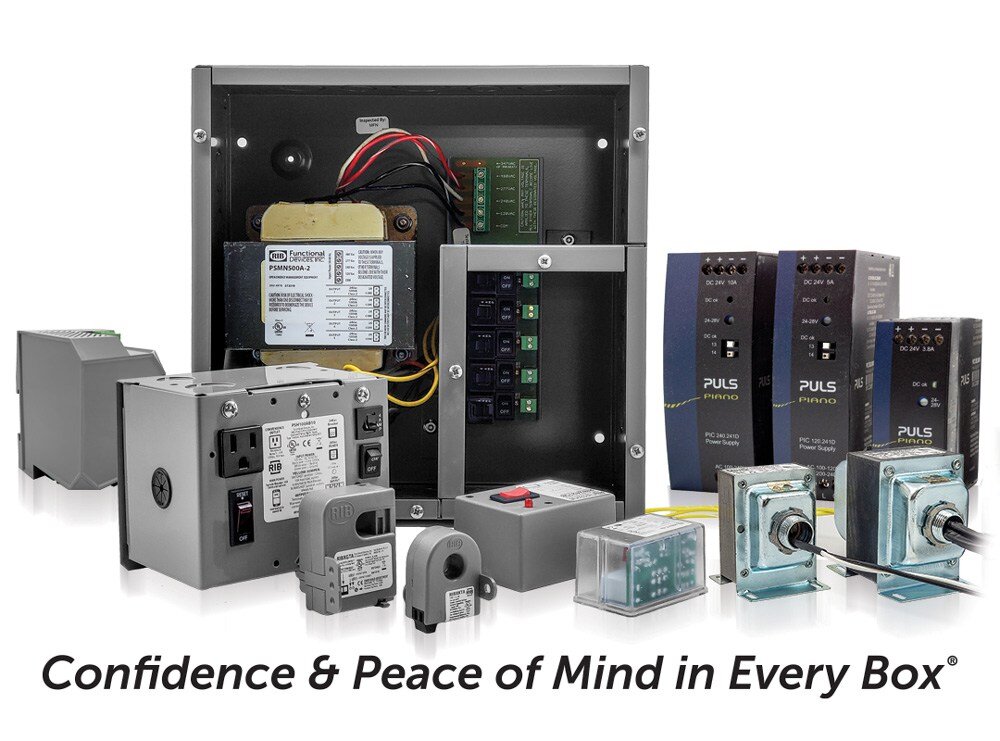As a longtime manufacturer of UL924 devices, and now a manufacturer of UL1008 devices, we have fielded many questions over the years as to the difference between them and when one is needed versus the other.

The end goal of both types of products is to provide required lighting during an emergency to allow for safe egress of building occupants, which is a requirement of all commercial facilities. Whether complying with NFPA 101 or NEC Article 700, there is a good chance one or both types of products will be required. Let us take a closer look at the difference between the two products to better understand them and their applications.
UL924

Devices that meet the requirements for UL924 are typically referred to as Automatic Load Control Relays (ALCRs), which are defined by NEC 700.26, or Bypass/Shunt relays. They require a "normally ON" power source and are typically downstream of a transfer switch. Their goal is to bypass or shunt a lighting control during an emergency to ensure the emergency lighting load is turned ON and any dimming control is overridden to bring the light to full brightness. Functional Devices, Inc. has a wide variety of UL924 compliant products to choose from. These devices are not allowed by code to perform a transfer of power from one source to another. That is where a transfer switch is needed.

UL1008
Devices that meet the requirements for UL1008 are Transfer Switches, and the standard defines multiple types. Specifically, we will discuss one type of transfer switch, the Branch Circuit Emergency Lighting Transfer Switch (BCELTS), which is defined by NEC 700.25. A BCELTS is used when there is a "normally OFF" source of power for the emergency lighting load, such as a generator or inverter. It will be connected on the load side of a branch-circuit over-current protective device and will transfer the emergency lighting load from a normal source of power to an emergency source when the normal source fails or is lost. This ensures that the connected emergency lighting load will provide illumination in the building egress path. Our UL1008 compliant ESR-BCELTS is now available, and the product Bulletin has several application diagrams to help when specifying.
While both devices perform a similar function, there is a distinction that can be confusing at times. In short, a UL924 device is typically needed to bypass a control or override dimming, and a UL1008 device is needed to switch an emergency lighting load from one source to another. At Functional Devices, Inc. we offer both, and we can help decide which is needed for your application.
About Functional Devices, Inc.

Functional Devices, Inc., located in the United States of America, has been designing and manufacturing quality electronic devices since 1969. Our mission is to enhance lives in buildings and beyond. We do so by designing and manufacturing reliable, high-quality products for the building automation industry. Our suite of product offerings include RIB relays, current sensors, power controls, power supplies, transformers, lighting controls, and more.
We test 100% of our products, which leads to less than 1 out of every 16,000 products experiencing a failure in the field.
Simply put, we provide users of our various product confidence and peace of mind in every box.